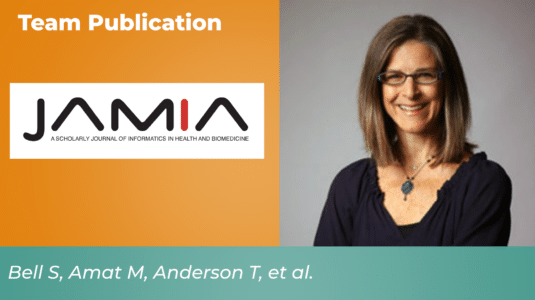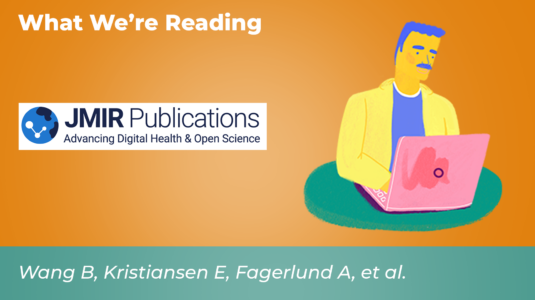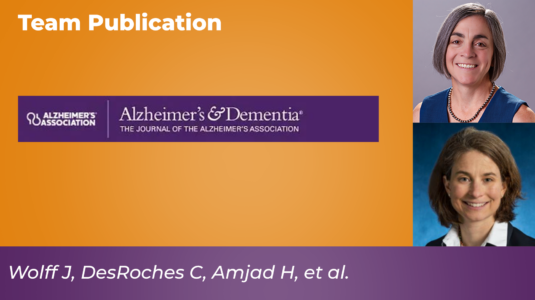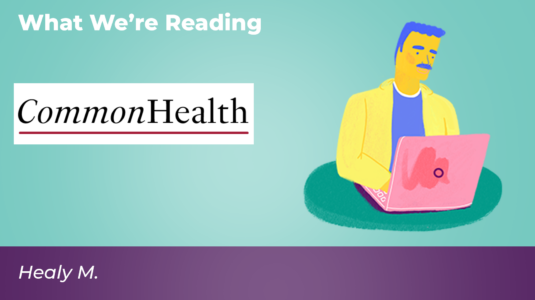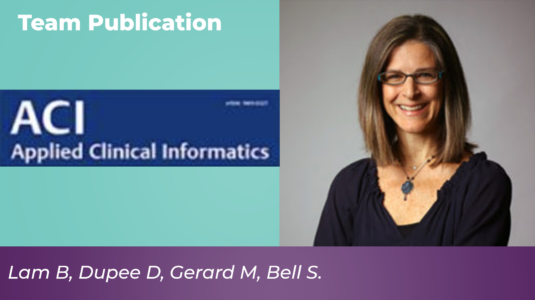This article presents an analysis of how artificial intelligence (AI)–generated medical responses are perceived and evaluated by nonexperts. The increased trust placed in inappropriate AI-generated medical advice can lead to misdiagnosis.
Quality and Safety
Hospitalized patient portal access in the post-information blocking rule era
This single-center, cross-sectional observational study highlights low patient portal utilization among hospitalized patients and disparities in access based on race/ethnicity, gender, age, and insurance status.
Patients and families reading their discharge summaries: A cross-sectional analysis of benefits, concerns, and implications
Rapidly spreading information transparency could transform how patients engage in care and communicate with clinicians. Patients and families report benefits from reading discharge summaries; however, over a quarter reported a concern.
Diagnosis in the Era of Digital Health and Artificial Intelligence: Proceedings of a Workshop—in Brief
How might AI, digital health technologies, and open notes transform diagnosis while addressing health disparities? Read highlights from the National Academies Forum on Advancing Diagnostic Excellence.
Gaps in the coordination of care for people living with dementia
This study examines care coordination breakdowns reported by patients living with dementia (PLWD) or their care partners. Interventions to improve communication across different care teams are needed to minimize the harmful effects of gaps in care coordination.
Do patients who read visit notes on the patient portal have a higher rate of “loop closure” on diagnostic tests and referrals in primary care? A retrospective cohort study
Compared to no portal registration, the odds of loop closure were 20% higher in tests/referrals for patients with a portal account, and 40% higher in tests/referrals for note readers, after controlling for sociodemographic and clinical factors. However, important safety gaps from unclosed loops remain, requiring additional engagement strategies.
Users’ experiences with online access to electronic health records in mental and somatic health care: Cross-sectional study
[…] This study aimed to provide insight into the impact of PAEHR [patient-accessible electronic health records] on patient care, particularly for those with mental health conditions, and to inform clinical strategies to improve the use of PAEHR in health care settings. The transition toward EHR accessibility may present health care professionals with a unique opportunity to change how they think and write about patients.
Catalyzing dementia care through the learning health system and consumer health information technology
This perspective discusses how emerging payment models, quality improvement initiatives, and population health strategies present opportunities to embed best practice principles of ADRD care within the LHS. We aim to stimulate progress toward sustainable infrastructure paired with person- and family-facing innovations that catalyze broader transformation of ADRD care.
The “Our Words Matter” campaign to reduce stigma and bias in clinical communication: A case report
This case report describes the process of assembling a multidisciplinary team to create an educational campaign with the goal of reducing stigma and bias in the medical record. Campaigns like this one can serve as models for medical and public health professionals who seek to advance health equity.
A patient-centered approach to writing ambulatory visit notes in the Cures Act era
Most note-writing guides to date have focused on the experience of clinicians. Here, we build on these tips by integrating patient perspectives related to note-reading.



